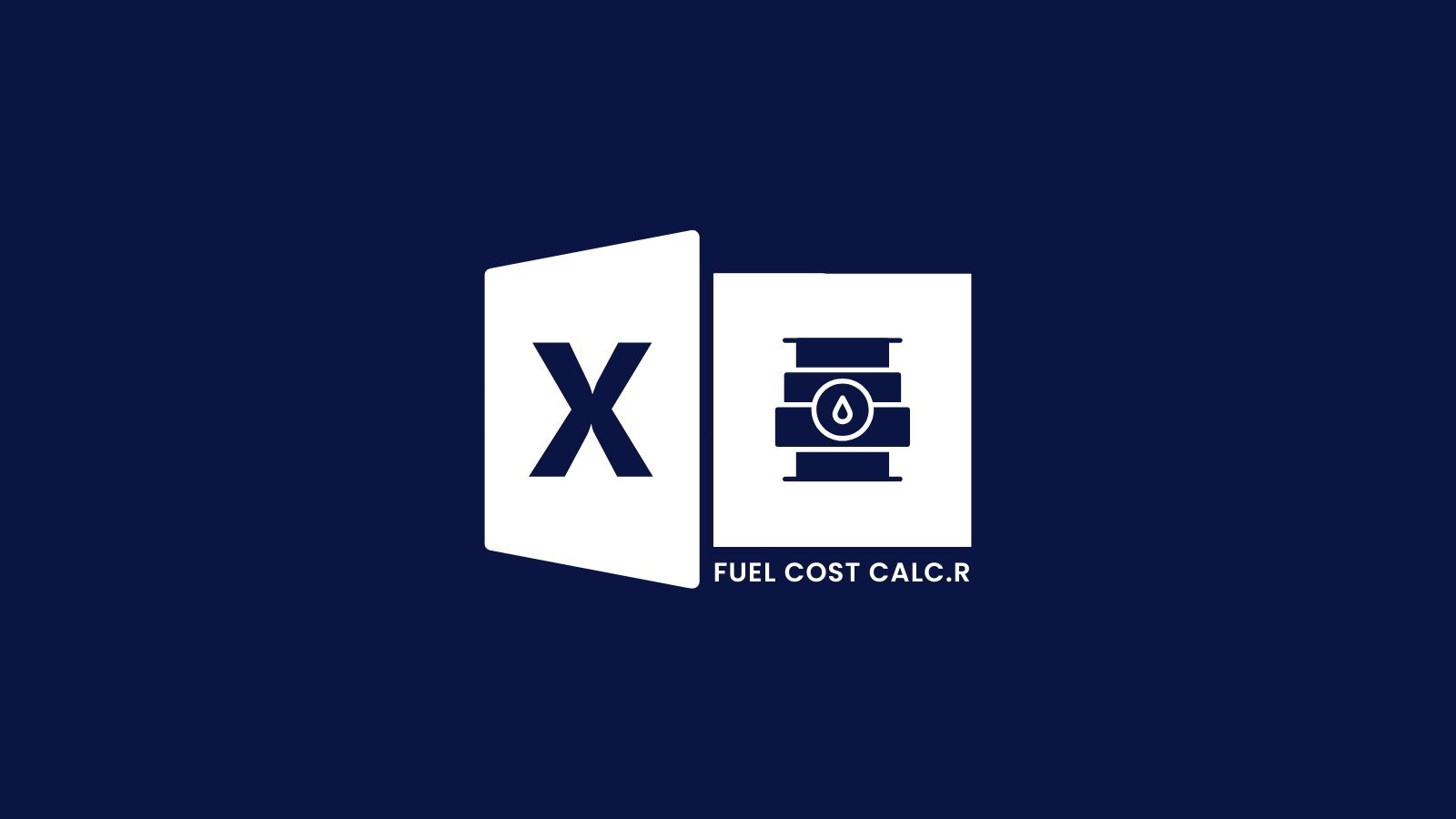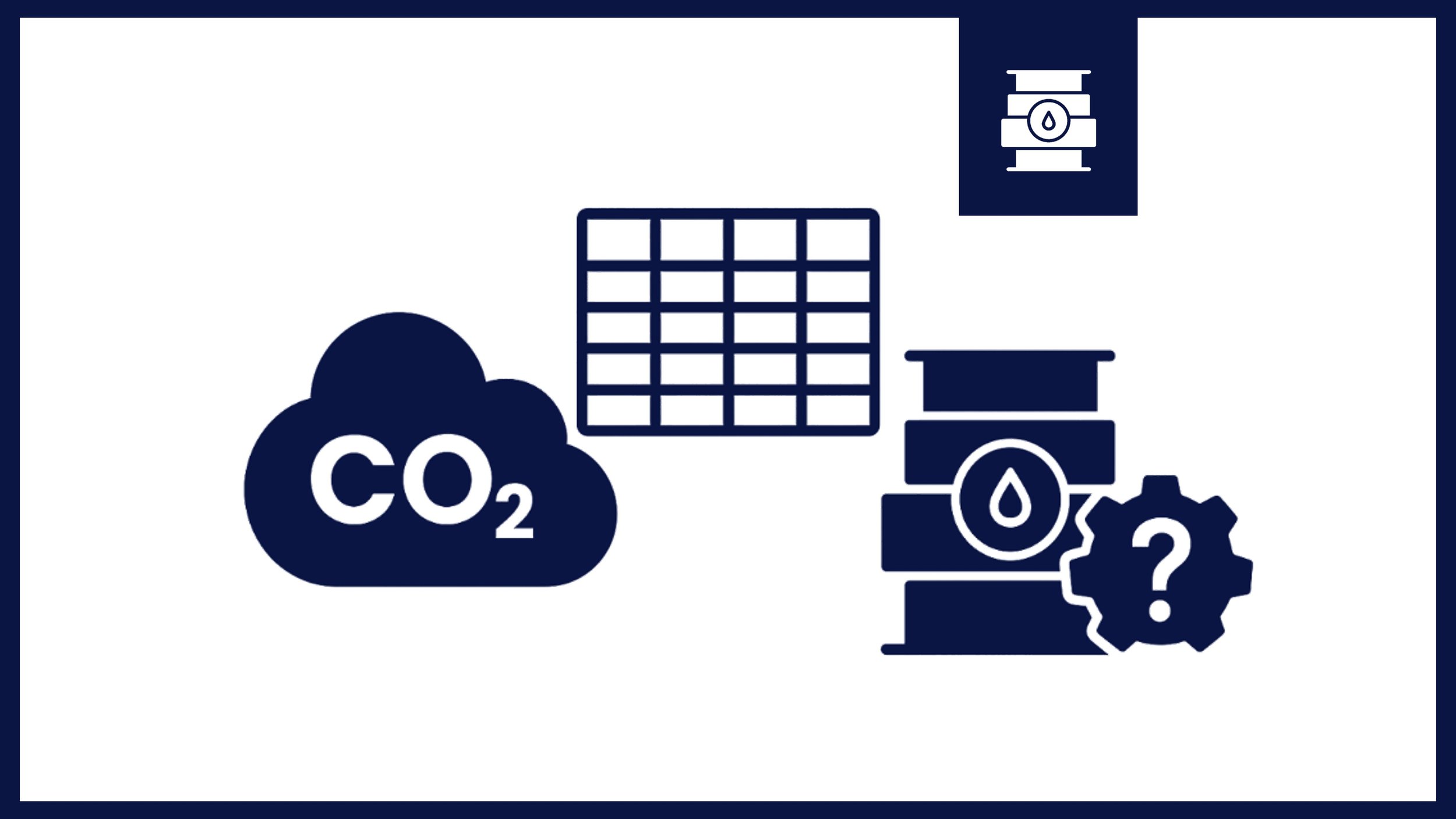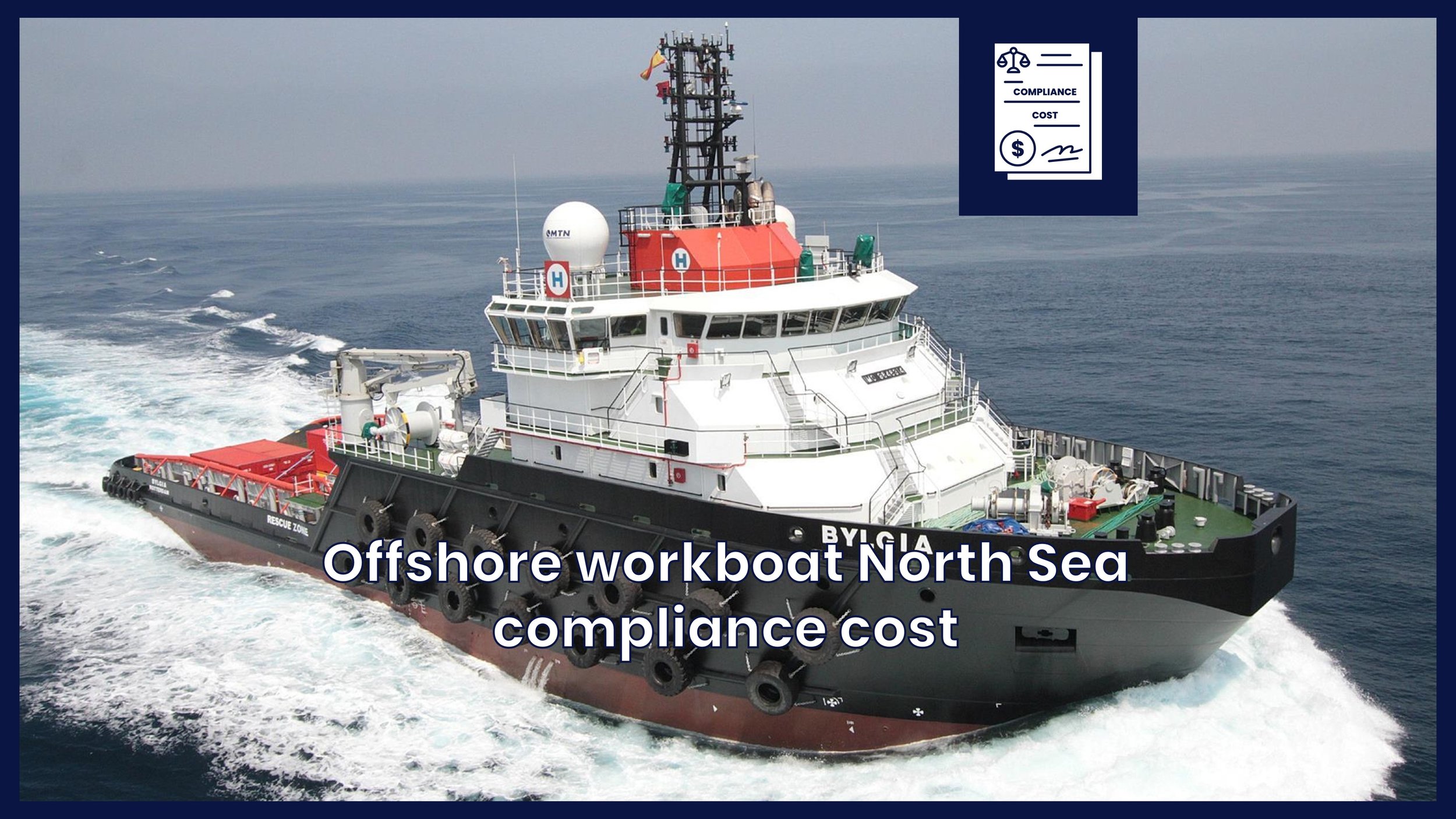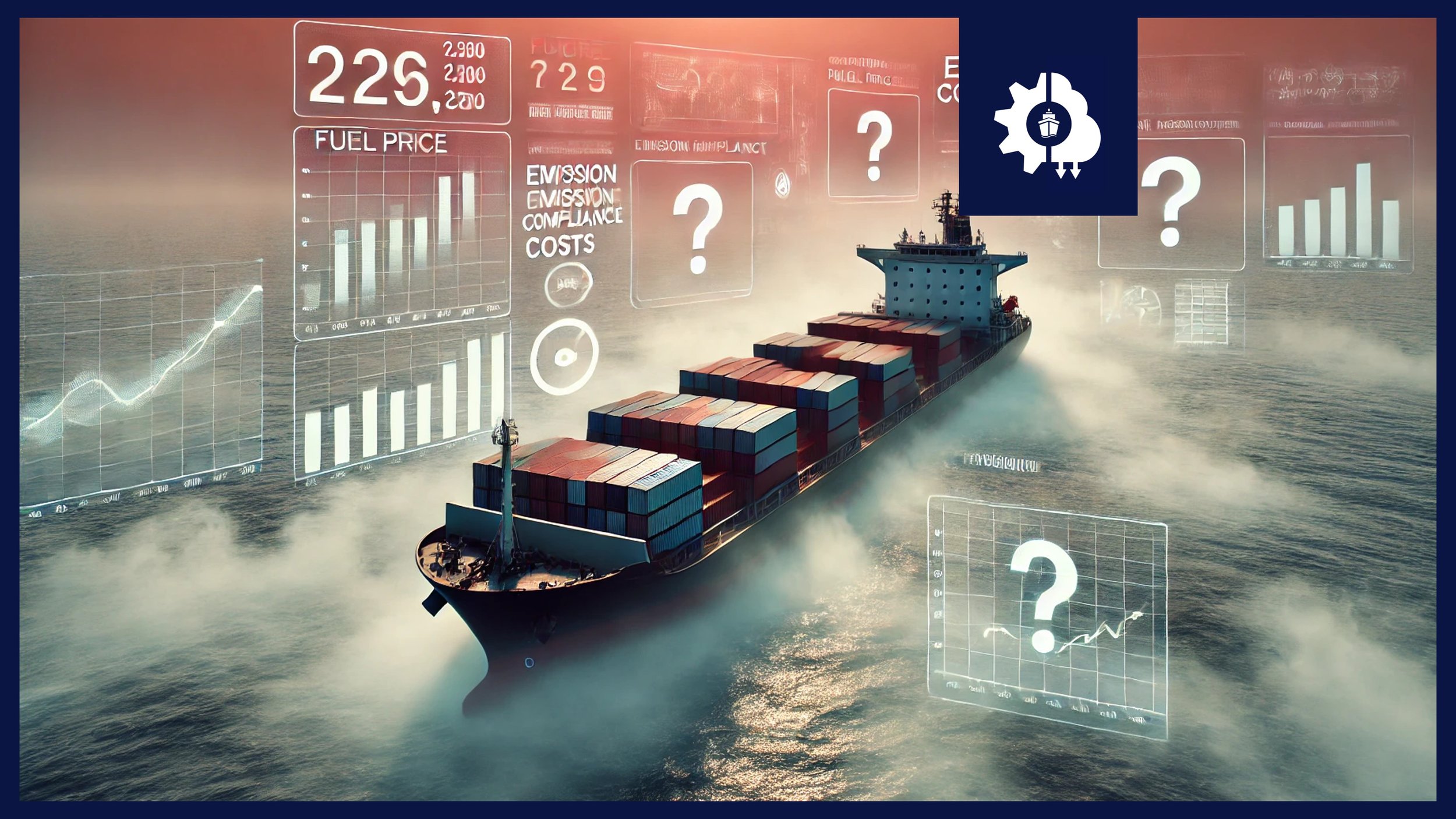Emission Properties for EU ETS, FuelEU and IMO Net-Zero
Get guidance on conflicting fuel and emission properties used in EU ETS, FuelEU and IMO frameworks
Shipowners and operators face the challenge of navigating multiple regulatory frameworks - EU ETS, FuelEU Maritime, and IMO Net-Zero - each employing distinct methodologies and emission factors for assessing fuel emissions. This lack of harmonization can cause significant confusion and lead to costly compliance errors. Misalignment among these regulations, especially concerning emission factors such as Well-to-Wake (WtW) and Tank-to-Wake (TtW) emissions, methane slip, and CO₂ equivalency (E-values), complicates strategic decision-making around fuel choices and compliance investments. When using IMO values in calculating FuelEU penalties for example, the results can differ by millions of euros.
This blog provides clear guidance on the differing emission factors and calculation methods employed by each regulatory framework, highlighting the critical thresholds and certification requirements for fossil fuels, biofuels and e-fuels. It covers Well to Tank (WtT) and Tank to Wake (TtW) emission factors from CO₂, CH4 (methane slip or Cslip), N₂O, as well as local emissions - SOₓ, NOₓ, PM. Differences and challenges between the frameworks are highlighted and explained, including biofuel production pathways where applicable, how to handle non-existent or missing values, as well as the impact of methane slip.
Given the fact that these regulations and the emission factors are constantly changing, the reader is advised to consult the latest version of the Fuel Cost Calculator for updates. Members and premium users can access and download the updated database for their own analyses, saving valuable time and ensuring they work with the most current data.
Members only
Emission properties by various frameworks are all different
EU ETS, FuelEU Maritime, IMO Net-Zero: each framework specifies unique emission factors and calculation methods, impacting compliance costs significantly. Understanding these overlapping and complex regulatory frameworks is critical for informed decision-making and cost-effective compliance. For example, biofuels under FuelEU Maritime require certified emission values (E-values), ideally below 18.53 gCO₂eq/MJ, to maintain near-zero compliance costs until 2050. Synthetic fuels (e-fuels) have clearly defined maximum permissible lifecycle emissions: 28.2 gCO₂eq/MJ for FuelEU and 19 gCO₂eq/MJ for IMO Net-Zero, presenting clear thresholds for compliance strategies. However, fuel emission factors—particularly for biofuels and e-fuels—can vary widely depending on production pathways and certifications, adding further complexity.
Additionally, local pollutants like methane slip (Cslip) have varying default values across frameworks, which can significantly influence total emissions calculations and associated costs. On top of this, some values are not available (N/A), to be determined (TBM) or simply different between different frameworks while using the same fuel. These differences are frustrating to work with and can lead to significant errors when calculating costs and penalties. To ensure proper use of the right values, the emission properties for each of these frameworks are elaborated upon in detail below.
-
For biofuels and e-fuels, sustainability and emission classification within regulatory frameworks (RED II, FuelEU, EU ETS) depend primarily on feedstock origin and lifecycle GHG savings rather than the chemical molecule itself. All e-fuels listed can be considered “drop-in” fuels with there functional fossil counterparts provided they meet relevant purity and specification standards. It's important to note that combustion emissions (e.g., NOₓ, PM, CO) depend primarily on engine design and operating conditions, rather than the fuel’s feedstock or production pathway. Download the database for the Renewable Energy Directive’s biofuel pathways and well-to-wake emission values.
-
Certain fuel emission properties required by EU ETS, FuelEU, and IMO frameworks may be unavailable, unknown, or still subject to measurement and verification. In such cases, these are highlighted where data gaps exist and used the most appropriate or conservative estimates consistent with the respective frameworks. Users should exercise caution with these assumed values, especially for biofuels and e-fuels, as their lifecycle emissions can vary significantly based on the specific production pathway, batch quality, and feedstock used.
-
Fuel slip or methane slip (Cslip) refers to the fraction of methane escaping combustion in LNG and other gaseous fuel engines. Both IMO and EU frameworks define specific Cslip values for different engine technologies at 50% engine load, with slight variations between the frameworks. For dual-fuel medium-speed Otto engines, IMO assigns a methane slip of 3.50%, slightly higher than the EU's 3.10%. In contrast, both frameworks use identical values (1.70%) for dual-fuel slow-speed Otto engines. For LNG diesel dual-fuel slow-speed engines, IMO defines a lower slip (0.15%) compared to the EU (0.20%). Lean Burn Spark Ignited (LBSI) engines and steam turbines and boilers have identical slip values in both frameworks: 2.60% and 0.01%, respectively. These differences underscore the importance of accurately identifying engine types when calculating emissions and compliance, as discrepancies between IMO and EU methodologies can materially affect reported emissions and associated compliance costs.
EU ETS emission properties
The European Union Emissions Trading System (EU ETS) applies a Tank-to-Wake (TtW) emissions methodology to maritime fuels. Currently, sustainable biofuels meeting RED II sustainability and GHG criteria have a zero CO₂ emission factor under EU ETS. The precise treatment of e-fuels, also called Renewable Fuels of Non-Biological Origin (RFNBOs) and or Recycled Carbon Fuels (RCFs), is pending upcoming legislation under Article 14 of Directive (EU) 2023/959. Sustainable Ships provisionally assumes the same zero-rating for biofuels is applied to e-fuels, resulting in a CO₂ emission factor of 0 for e-fuels. This does not mean the TtW emissions for these fuels are 0.
From 2026 onwards, EU ETS expands to include additional greenhouse gases, i.e. methane (CH₄) and nitrous oxide (N₂O), significantly impacting emission factors for fuels like LNG, which experience methane slip, and biofuels or e-fuels. This change means that the calculated emission factors (expressed as CO₂-equivalents) will increase compared to previous periods, reflecting the global warming potential of these additional emissions.
The emissions calculation methodology follows Implementing Regulation (EU) 2023/2599, multiplying the mass of each fuel consumed by the corresponding emission factors, including CO₂, CH₄, and N₂O. In cases where EU ETS-specific emission factors are unavailable (N/A values), reference values from FuelEU Maritime Regulation (2023/1805) are used, clearly indicated in light grey in this guide. Download the database for more information and references.
FuelEU Maritime emission properties
FuelEU applies a Well-to-Wake (WtW) emissions methodology to maritime fuels. Fossil fuels properties and emission values are fixed, as per appendix II of the FuelEU regulation.
Biofuels must comply with the sustainability and greenhouse gas savings criteria of Directive (EU) 2018/2001 (RED II) to be eligible for a reduced GHG intensity. The regulation assigns each compliant fuel batch an E-value, expressed in grams of CO₂-equivalent per MJ, which reflects its well-to-wake (WtW) emissions profile. As per Annex I, Part B of the FuelEU Regulation, the CO₂ portion of the well-to-tank (WtT) emissions can be deducted if verified through a proof of sustainability, allowing biofuels to benefit from a lower GHG intensity score depending on production pathway and certification. For general referencing and comparability, Sustainable Ships uses a standard E-value of 18 gCO₂eq/MJ for compliant biofuels—representing some of the most efficient and lowest-carbon options currently available. This value is in line with the most favourable RED II pathways and is assumed to remain eligible under FuelEU thresholds through 2050, although actual E-values may vary depending on feedstock, conversion method.
E-fuels, or renewable liquid and gaseous fuels of non-biological origin (RFNBOs) and recycled carbon fuels (RCFs), must achieve at least 70% greenhouse gas savings compared to the fossil fuel comparator under RED (Article 28(5)), translating to a maximum life-cycle emissions limit (WtW) of 28.2 gCO₂eq/MJ. Calculation of WtT emissions for RFNBOs must comply with methodologies officially adopted by the European Commission.
Cells marked as TBM (to be measured) or N/A (not available) in the regulation (appendix II) must adhere to the provisions of Article 10 (Certification of fuels and emission factors). Specifically, if no value is demonstrated through Article 10, the highest default value within the fuel class and column should be used. If all cells in a fuel class column are marked TBM or N/A, the default value for the least favourable fossil fuel pathway applies. However, this rule does not apply to column 9 (Cslip), where non-available values must be established via certification according to Article 10(5).
-
For biofuels a WtW E-value of 18 gCO2eq / MJ is assumed, which is a high-grade biofuel
For e-fuels a WtW maximum of 28.4 gCO2eq / MJ is assumed as per the guideline
IMO Net-Zero Framework emission properties
The International Maritime Organization’s (IMO) Net-Zero framework applies a Well-to-Wake (WtW) emissions methodology to maritime fuels.. Fuel and emission properties are outlined in the 2024 Guidelines on Life Cycle GHG Intensity of Marine Fuels (MEPC.391(81)), which establishes methodologies and emission factors intended to reduce maritime GHG emissions across the fuel lifecycle. Currently, significant uncertainties remain within IMO guidelines, especially concerning the detailed treatment of biofuels and e-fuels.
Where specific IMO values are unavailable or unconfirmed, corresponding values from the FuelEU Maritime Regulation (2023/1805) have been assumed as the best available reference. This approach ensures practical comparability and consistency across frameworks but must be considered provisional until clarified officially by IMO documentation. Users are advised to check the latest version of the Fuel Properties and Cost Guide for updates.
-
For biofuels with unknown WtT values, 20.80 gCO2eq / MJ is assumed (similar to biodiesel)
For ZNZs a WtW maximum of 19 gCO2eq / MJ is assumed as per the guideline
Local Emissions PM / NOX / SOx emission properties
Local emissions such as particulate matter (PM), nitrogen oxides (NOₓ), and sulphur oxides (SOₓ) are typically excluded from major greenhouse gas frameworks (EU ETS, FuelEU Maritime, and IMO Net-Zero) due to their minimal global warming potential. These pollutants pose serious local environmental and human health concerns however and can significantly influence regulatory compliance, in particular NOX Tiers. To provide practical and reliable reference points, emission factors for these pollutants are compiled from multiple authoritative sources, including ISO standards, IMO documents, EPA AP-42 data, and industry-validated reports.
-
PM emissions mainly originate from incomplete combustion of carbonaceous fuel components and depend heavily on fuel type, quality, and engine combustion conditions. Fossil fuels like Heavy Fuel Oil (HFO) and Marine Diesel Oil (MDO) generally produce higher PM emissions due to their higher aromatic content and lower combustion purity. Highly refined or synthetic fuels, such as Hydrotreated Vegetable Oil (HVO) and synthetic e-diesel, exhibit significantly lower PM emissions, often reducing particulate emissions by 50–90% compared to conventional fuels due to their paraffinic nature and low aromatic content. PM emissions are also impacted by engine maintenance, combustion efficiency, and fuel injection quality, highlighting the importance of careful engine operation and high-quality fuel selection.
-
NOₓ formation predominantly occurs through thermal reactions between nitrogen and oxygen within engine combustion chambers. Consequently, NOₓ emissions depend strongly on combustion temperature and engine settings. Typically, high combustion temperatures and pressures—often seen at higher engine speeds and loads—produce elevated NOₓ emissions. Marine engines operating under stringent IMO Tier II or Tier III standards use exhaust gas recirculation (EGR), selective catalytic reduction (SCR), or optimized combustion timing to significantly reduce NOₓ emissions. Fuels such as ammonia or hydrogen, despite having low carbon intensity, can still generate high NOₓ emissions unless specific combustion controls or after-treatment technologies are employed. This means that NOₓ emissions are less dependent on fuel type or origin (bio or synthetic), and more strongly influenced by engine design, operational profile, combustion temperature, and after-treatment measures.
-
SOₓ emissions are almost entirely determined by the sulphur content of the fuel itself, unlike PM and NOₓ. Marine fuels containing sulphur, such as residual fuel oils (HFO or LFO with higher sulphur content), generate substantial SOₓ emissions when combusted. In practical terms, SOₓ emissions can be reliably approximated by multiplying fuel sulphur percentage (by mass) by approximately two (for example, a fuel containing 0.5% sulphur would produce around 10 grams of SOₓ per kilogram of fuel burned). As sulphur emissions are strictly regulated through MARPOL Annex VI, Emission Control Areas (ECAs), and regional rules, fuels like Ultra-Low Sulphur Fuel Oils (ULSFO, ≤0.10% S) or sulphur-free fuels (such as LNG, LPG, ammonia, methanol, and HVO/e-diesel) provide compliance benefits. In general, biofuels and e-fuels tend to have negligible sulfur content, greatly reducing compliance challenges related to SOₓ emissions.
Sign up for premium tools and benefits
Don’t want to sign up? Check pay-per-use options
References
Downloads for premium users only
Sustainable Ships - FuelEU Maritime
Sustainable Ships - EU ETS
Sustainable Ships - IMO Net-Zero Framework


















This Q&A session explores the role of book and claim systems in maritime decarbonization, featuring Himanshu Sharma from Vurdhaan, a platform providing independent registries for Scope 3 emission reductions. Himanshu explains how virtual crediting works, why transparency and verification are key, and how book and claim differs from compliance pooling under FuelEU Maritime.